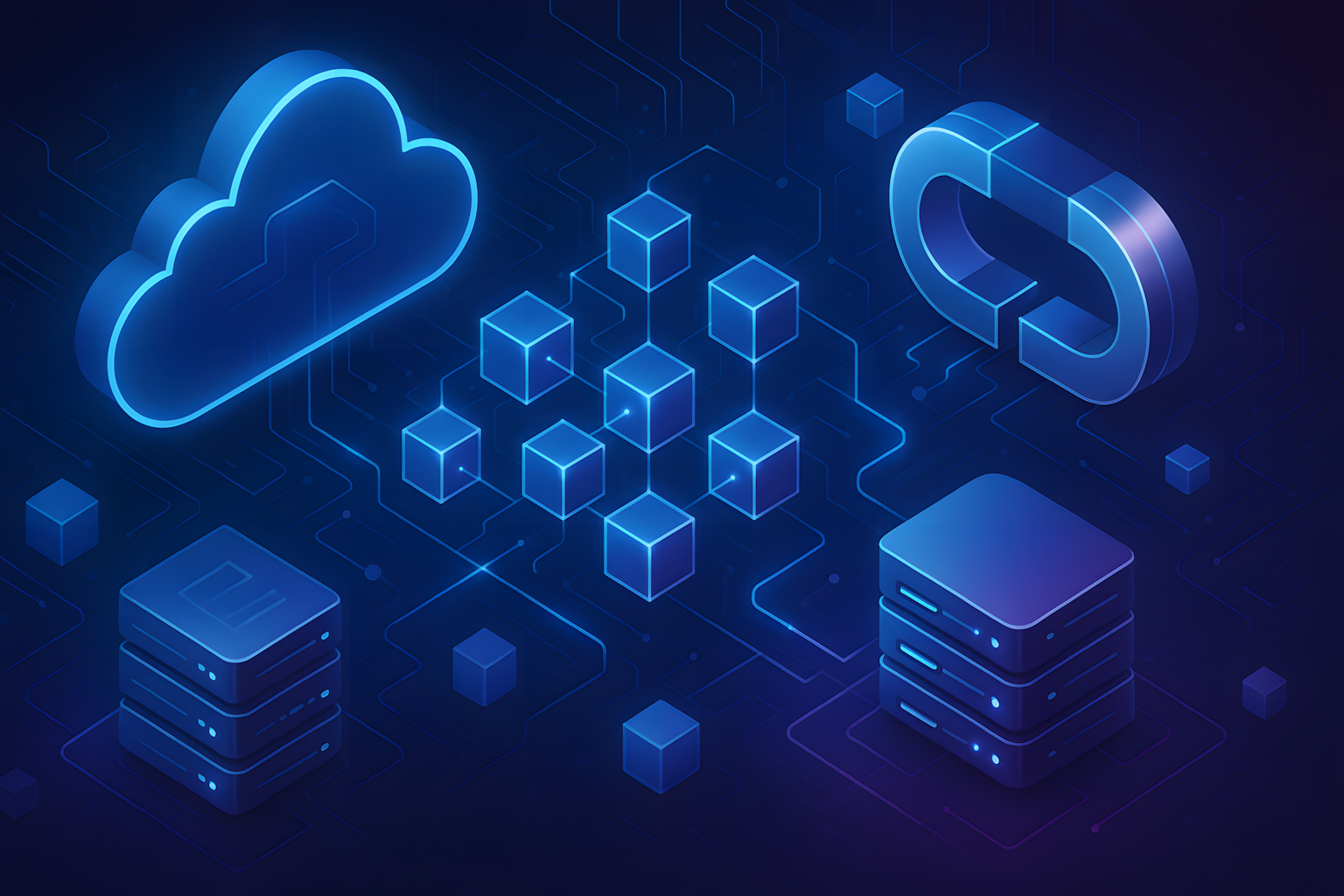Navigating the New Normal of Software Delivery
In 2025, startups are navigating an environment of breakneck innovation and intense cost-pressure. Cloud-native architectures and serverless computing have matured into cornerstone strategies for scaling quickly while staying lean. But there’s a catch: operational complexity. DevOps has never been more essential or more challenging.
This guide dives into how startups can harness serverless and cloud-native DevOps to deliver faster, reduce overhead, and stay competitive in 2025. We’ll break down the key technologies, best practices, and pitfalls to avoid from a practical, real-world perspective.
Why Startups Need Serverless & Cloud-Native DevOps
1. Speed Without Sacrifice
Startups need to iterate fast. Cloud-native tools like containers, managed Kubernetes, and serverless platforms like AWS Lambda or Google Cloud Functions enable rapid development without the heavy lifting of infrastructure management.
2. Cost Efficiency
Pay-as-you-go billing models mean you only pay for what you use. Serverless and event-driven architecture reduce idle compute costs drastically. FinOps becomes more predictable and manageable when aligned with DevOps pipelines.
3. Focus on Product, Not Ops
With autonomous infrastructure and DevOps-as-a-Service, startups can shift focus from fire-fighting ops to building product features. This translates into faster MVPs, quicker customer feedback loops, and leaner teams.
Challenges in Serverless & Cloud-Native Adoption
Despite the advantages, the transition isn’t trivial:
• Tooling Fragmentation
Startups are overwhelmed by choices: Terraform vs Pulumi, Lambda vs Fargate, GitHub Actions vs Argo CD. It takes time and expertise to select and integrate the right stack.
• Observability Gaps
Serverless adds complexity in debugging and tracing. Traditional monitoring tools fall short in distributed, ephemeral environments.
• Security & Compliance
CI/CD pipelines for serverless apps must bake in security (DevSecOps). Managing secrets, identity, and API gateways securely across cloud providers is no small feat.
What Does Cloud-Native DevOps Look Like in 2025?
🚀 Automation-First Pipelines
Think GitOps, not manual deploys. Automated pipelines validate, test, and deploy infrastructure and code in sync. Using tools like FluxCD, Tekton, and Backstage, DevOps becomes more declarative and reproducible.
⚖️ Shift-Left Everything
Security, performance, and compliance checks happen earlier in the dev cycle. AI-powered code scanning, policy-as-code, and runtime anomaly detection are now table stakes.
📈 FinOps Built In
DevOps isn’t just about code—it’s also about cost. Usage-based cost models demand embedded cost awareness. Cloud cost dashboards and alerts are integrated into CI/CD workflows.
📊 Event-Driven, Scalable Infrastructure
Serverless workflows, like AWS Step Functions or Google Cloud Workflows, now orchestrate microservices. This model is highly scalable and reduces operational fatigue.
Building Your Serverless DevOps Stack: A 5-Step Playbook
At LeanOps, we guide startups through proven frameworks that deliver velocity without sacrificing stability.
Step 1: Start With the Right CI/CD Backbone
Use a serverless or cloud-native pipeline tool like GitHub Actions, GitLab CI/CD, or Argo Workflows. Integrate testing, linting, and security scans from Day 1.
Pro Tip: Our CI/CD Accelerator Blueprint reduces build-to-deploy cycles by up to 60%.
Step 2: Go Serverless Strategically
Identify components that benefit from event-driven scaling (e.g., image processing, background jobs). Migrate incrementally, not all at once. Use Serverless Framework or AWS SAM for lifecycle management.
Step 3: Make Infrastructure Declarative
Infrastructure as Code (IaC) is a must. Use Terraform or Pulumi with strong version control. Apply GitOps principles: code is the single source of truth.
Step 4: Embed Observability & FinOps
Adopt tools like Datadog, CloudWatch, or OpenTelemetry to capture telemetry data. Pair with cost insights from CloudZero or AWS Cost Explorer.
Step 5: Security as a First-Class Citizen
Implement zero-trust principles. Use HashiCorp Vault or AWS Secrets Manager for secrets management. Scan code and containers for vulnerabilities during CI.
Best Practices for 2025 and Beyond
- Use Feature Flags to decouple deployment from release
- Adopt a Service Mesh (e.g., Istio, Linkerd) for microservices observability
- Standardize with Backstage to enable internal developer platforms
- Apply Chaos Engineering to test resiliency at scale
- Enable Platform Engineering to improve developer experience
How LeanOps Helps
At LeanOps, we don’t just deliver DevOps. We empower teams with resilient, future-ready platforms. Our engineers specialize in:
- Serverless application design
- Cloud-native CI/CD implementations
- Managed Kubernetes & GitOps
- FinOps & observability integrations
Whether you’re building your MVP or scaling to your next funding round, we make sure your infrastructure grows with you – without growing pains.
Ready to Level Up Your DevOps?
The serverless and cloud-native future is already here. But without a strategic DevOps foundation, it can become a maze of complexity. LeanOps helps you build systems that are fast, secure, and cost-effective from Day 1.
Let’s talk. Explore our services or contact us for a free DevOps readiness assessment.
